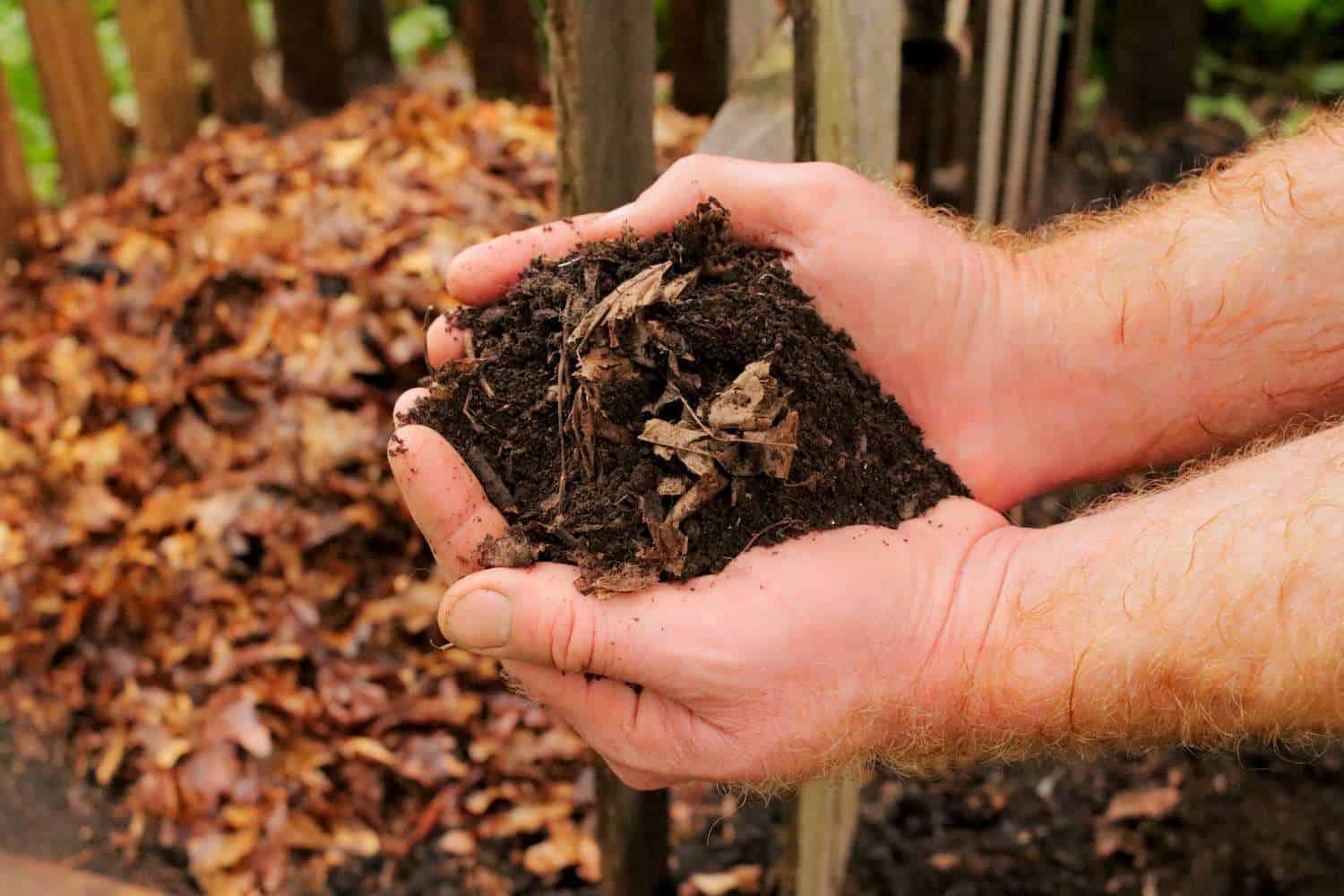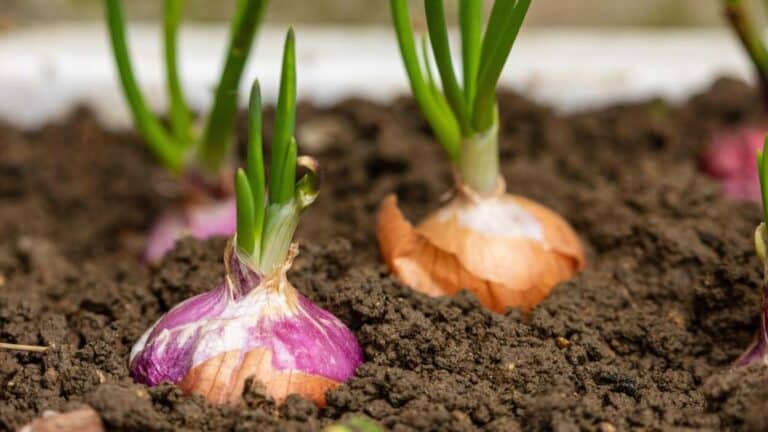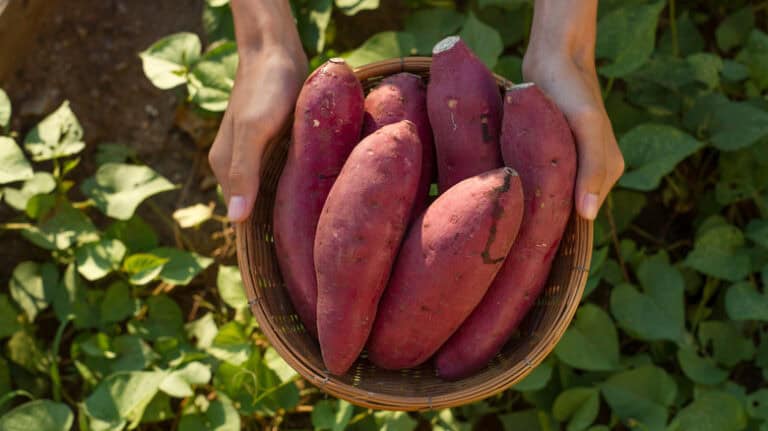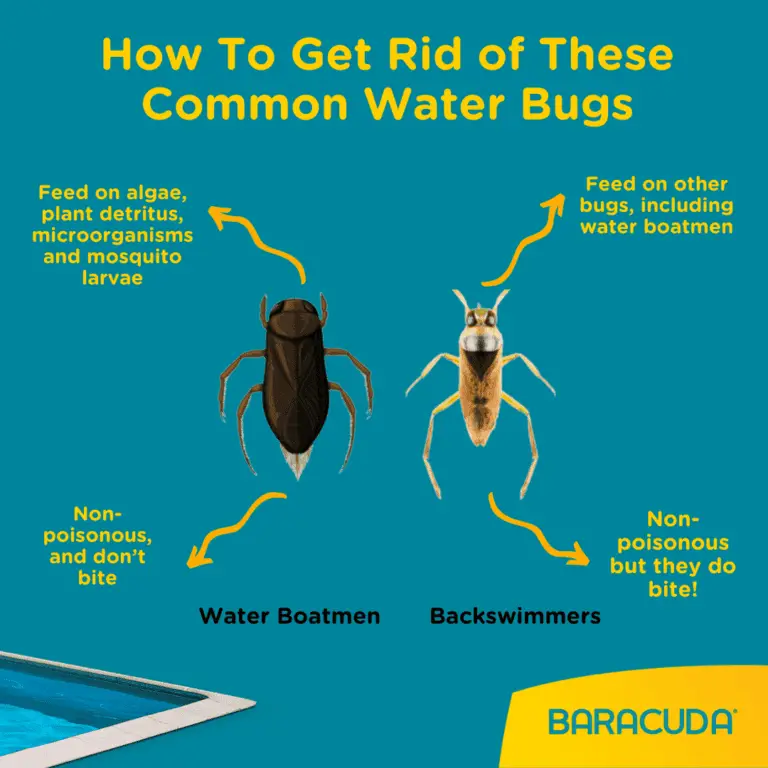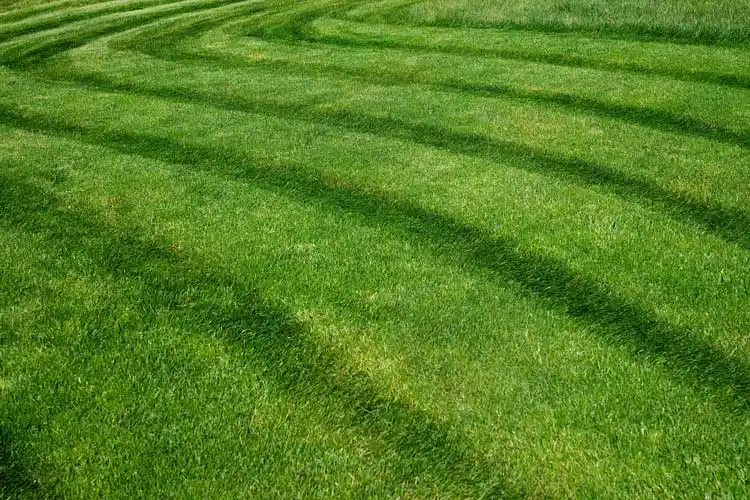What Is Leaf Mulch And How To Make It: Ultimate Guide
Leaf mulch is made from shredded leaves and used to enrich soil. It helps retain moisture and suppress weeds.
Leaf mulch is a natural, affordable way to improve garden soil. Leaves, readily available in fall, can be collected and shredded to create this valuable mulch. The process is simple: gather leaves, shred them using a lawn mower or leaf shredder, and then spread the mulch over garden beds.
Leaf mulch decomposes over time, adding nutrients to the soil. It also conserves water by reducing evaporation and helps prevent weed growth. Gardeners appreciate its benefits, as it promotes healthier plants and reduces the need for chemical fertilizers. Leaf mulch is an eco-friendly solution for maintaining a vibrant garden.
Introduction To Leaf Mulch
Leaf mulch is a natural material made from fallen leaves. Gardeners use leaf mulch to improve soil and protect plants. It is an eco-friendly way to recycle garden waste. Leaf mulch helps retain soil moisture and regulate soil temperature.
Benefits Of Leaf Mulch
- Improves soil health: Leaf mulch adds organic matter to the soil.
- Retains moisture: It helps keep the soil moist longer.
- Regulates temperature: Leaf mulch keeps the soil cool in summer and warm in winter.
- Prevents weed growth: It acts as a barrier to weeds.
- Enhances garden aesthetics: Leaf mulch gives a natural look to your garden.
Common Misconceptions
Some people think leaf mulch attracts pests. This is not true. Properly maintained mulch does not attract pests.
Others believe leaf mulch is not good for plants. In reality, leaf mulch improves plant health by adding nutrients.
Some think leaf mulch is hard to make. But making leaf mulch is simple and easy.
Many believe only certain leaves can be used. Almost all fallen leaves can be used for mulch.
Remember, leaf mulch is a cost-effective and eco-friendly gardening solution.
Types Of Leaves For Mulch
Leaf mulch is a gardener’s secret weapon. It helps retain soil moisture, suppress weeds, and enrich the soil. But not all leaves are created equal. Choosing the right types of leaves for mulch can make a significant difference in your garden’s health.
Best Leaves To Use
Some leaves decompose quickly, enriching the soil with nutrients. Here are the best options:
- Maple Leaves: These leaves break down fast and add valuable nutrients.
- Oak Leaves: They decompose slowly but provide long-lasting benefits.
- Ash Leaves: These leaves decompose quickly and enrich the soil.
- Birch Leaves: They are great for mulch due to their fast decomposition.
- Beech Leaves: These leaves add essential nutrients to the soil.
Leaves To Avoid
Not all leaves are suitable for mulch. Some can even harm your plants. Here are leaves to avoid:
- Black Walnut Leaves: They contain juglone, which is toxic to many plants.
- Eucalyptus Leaves: These leaves have oils that can inhibit plant growth.
- Camphor Laurel Leaves: They contain chemicals that can harm soil life.
- Cherry Laurel Leaves: These leaves break down slowly and can be toxic.
- Ginkgo Leaves: They decompose very slowly and are not ideal for mulch.
Tools Needed For Making Leaf Mulch
Creating leaf mulch is an eco-friendly way to enrich your garden. It helps in recycling fallen leaves into nutrient-rich material. To make leaf mulch, you need specific tools. Here’s a guide on the tools needed for making leaf mulch.
Essential Tools
- Rake: A rake helps gather leaves efficiently. Choose a sturdy rake for quick work.
- Leaf Blower: A leaf blower speeds up the leaf gathering process. It’s handy for large areas.
- Lawn Mower: A lawn mower chops leaves into small pieces. Smaller pieces decompose faster.
- Compost Bin: Store and decompose the chopped leaves in a compost bin. Ensure the bin is ventilated.
Optional Tools
- Leaf Shredder: A leaf shredder finely chops leaves. It’s ideal for large volumes of leaves.
- Wheelbarrow: A wheelbarrow helps transport leaves. It’s useful for big gardens.
- Mulching Bag: A mulching bag collects chopped leaves. Attach it to your lawn mower for easy collection.
| Tool | Description |
|---|---|
| Rake | Gathers leaves into piles. |
| Leaf Blower | Blows leaves into piles quickly. |
| Lawn Mower | Chops leaves into small pieces. |
| Compost Bin | Stores and decomposes leaves. |
| Leaf Shredder | Finely chops leaves for quick decomposition. |
| Wheelbarrow | Transports large amounts of leaves. |
| Mulching Bag | Collects chopped leaves from the lawn mower. |
These tools simplify the leaf mulching process. Gather your tools and start making nutrient-rich leaf mulch today!
Step-by-step Process
Creating leaf mulch is a simple and eco-friendly gardening solution. Follow this step-by-step process to make your own leaf mulch.
Collecting Leaves
Start by collecting fallen leaves from your yard. Use a rake to gather them into piles. You can also use a leaf blower for faster collection. Aim to gather a mixture of different leaves for a balanced mulch. Ensure the leaves are dry to prevent mold growth.
Shredding Leaves
Shredding leaves helps them break down faster. Use a lawn mower with a bag attachment to shred the leaves. You can also use a leaf shredder for finer pieces. Shredded leaves decompose quicker and make better mulch.
Spread the shredded leaves evenly over your garden beds. Aim for a layer 2 to 3 inches thick. This depth provides good coverage and helps retain soil moisture. Water the mulch lightly to keep it in place.
Composting Vs. Mulching
Understanding the difference between composting and mulching can enhance your gardening. Both practices enrich the soil but serve different purposes. Knowing when to use each method can maximize your garden’s health and productivity.
Differences Explained
Composting involves breaking down organic materials to create nutrient-rich compost. This process takes time and requires a balance of green and brown materials. Composting produces a dark, crumbly substance rich in nutrients. This substance is then mixed into the soil.
Mulching involves spreading organic or inorganic materials over the soil surface. Mulch helps retain moisture, suppress weeds, and regulate soil temperature. Organic mulch decomposes slowly, adding nutrients to the soil over time. Inorganic mulch does not break down but provides similar benefits.
| Aspect | Composting | Mulching |
|---|---|---|
| Purpose | Enriches soil with nutrients | Retains moisture, suppresses weeds |
| Materials | Green and brown organic waste | Organic or inorganic materials |
| Process | Decomposition over time | Immediate application |
| Result | Nutrient-rich compost | Protective layer on soil |
When To Use Each
Use composting when your soil needs a nutrient boost. Composting takes time but yields rich, fertile soil. It is best for improving soil structure and fertility.
Use mulching to protect your garden immediately. Mulching is excellent for moisture retention and weed suppression. It also regulates soil temperature, keeping roots cool in summer and warm in winter.
- Composting:
- Ideal for enhancing soil fertility
- Best for long-term soil health
- Mulching:
- Perfect for immediate soil protection
- Helps retain soil moisture and control weeds
:max_bytes(150000):strip_icc()/making-and-using-leaf-mold-2539475-04-57a0762e20d945f3a25fda048931899e.jpg)
Credit: www.thespruce.com
Applying Leaf Mulch
Applying leaf mulch is a simple way to enrich your garden. It helps retain moisture, reduce weeds, and improve soil health. Let’s explore the best practices and common mistakes for applying leaf mulch effectively.
Best Practices
- Shred the Leaves: Shredded leaves decompose faster and look neater.
- Layer Thickness: Apply a 2-3 inch layer of leaf mulch.
- Keep Away from Stems: Keep mulch a few inches away from plant stems.
- Watering: Water the mulch layer after application to help it settle.
- Refresh Annually: Add new leaf mulch each year for best results.
Common Mistakes
- Over-Mulching: Too thick a layer can suffocate plants.
- Using Whole Leaves: Whole leaves can mat down and block water.
- Ignoring Pests: Unshredded leaves can attract pests like snails.
- Mulching Too Close: Mulch touching stems can cause rot.
- Not Checking Soil: Monitor soil moisture to avoid waterlogging.
Maintaining Leaf Mulch
Maintaining leaf mulch is crucial for a healthy garden. Proper care ensures it remains effective. Let’s explore how to keep your leaf mulch in top condition.
Regular Maintenance
Regular maintenance keeps leaf mulch functional. Here are some tips:
- Check Moisture Levels: Ensure the mulch is neither too dry nor too wet.
- Turn the Mulch: Use a garden fork to aerate the mulch. This prevents compaction.
- Replace Old Mulch: Add fresh mulch yearly. Remove old, decomposed layers.
- Weed Control: Remove weeds that grow through the mulch. Weeds can steal nutrients.
Signs Of Issues
Watch for these signs that your leaf mulch needs attention:
| Issue | Sign | Solution |
|---|---|---|
| Excess Moisture | Mulch feels soggy | Turn it to improve air flow |
| Dry Mulch | Mulch looks dusty | Water lightly |
| Weed Growth | Weeds poke through | Remove weeds by hand |
| Foul Smell | Mulch smells bad | Aerate or replace |

Credit: www.youtube.com
Environmental Impact
Understanding the environmental impact of leaf mulch is crucial. This practice offers various benefits for our planet. In this section, we’ll explore two main areas: Sustainability Benefits and Reducing Waste.
Sustainability Benefits
Using leaf mulch helps maintain a healthy ecosystem. It enhances soil health by adding organic matter. This organic matter improves soil structure and fertility.
Leaf mulch also aids in moisture retention. This reduces the need for frequent watering. Plants can thrive with less water, conserving this precious resource. By using leaf mulch, gardeners can minimize the use of chemical fertilizers. This leads to a healthier, more sustainable garden.
Reducing Waste
Leaf mulch effectively reduces garden waste. Instead of throwing away fallen leaves, you can repurpose them. This practice keeps leaves out of landfills. It decreases the volume of waste sent to disposal sites.
Here’s a quick comparison:
| Without Leaf Mulch | With Leaf Mulch |
|---|---|
| Increased waste in landfills | Reduced waste in landfills |
| More garbage collection needed | Less garbage collection needed |
By reducing waste, you help lower greenhouse gas emissions. This is because less waste decomposes in landfills. Using leaf mulch is an eco-friendly choice that benefits everyone.

Credit: joegardener.com
Frequently Asked Questions
What Is Leaf Mulch Used For?
Leaf mulch improves soil, retains moisture, and suppresses weeds. It adds nutrients, enhancing plant growth.
How Do You Make Leaf Mulch?
Collect fallen leaves, shred them with a mower, and let them decompose. Spread the mulch around plants.
Can All Leaves Be Used For Mulch?
Most leaves are suitable for mulch. Avoid black walnut and eucalyptus leaves, as they release harmful chemicals.
Conclusion
Leaf mulch is an excellent way to nourish your garden naturally. It’s easy to make and environmentally friendly. Collect fallen leaves, shred them, and spread them over your soil. This simple practice improves soil health and conserves moisture. Start making leaf mulch today for a greener, healthier garden.

